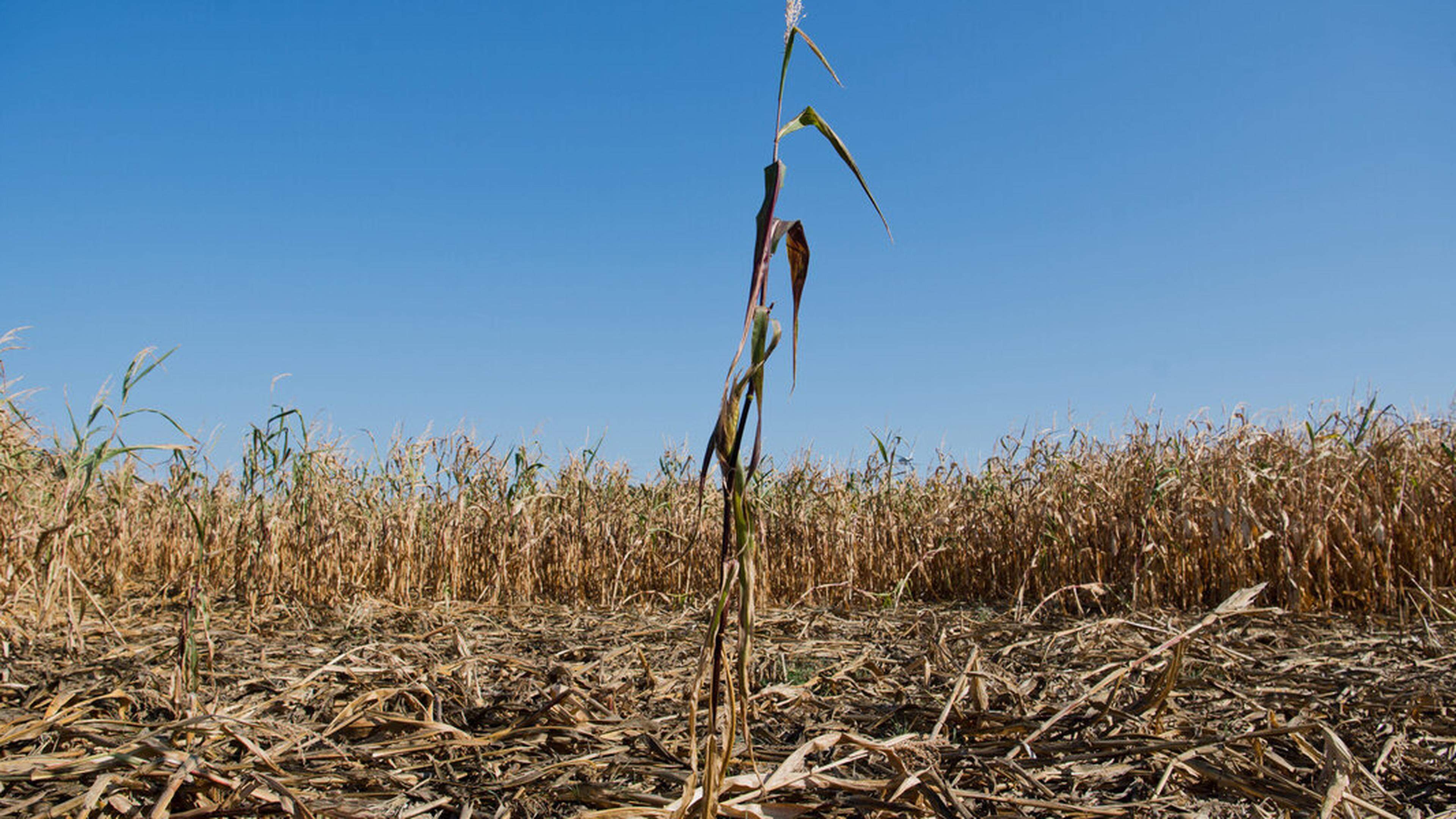Healthy for humans and earth: the planetary health diet

Can what we eat, save the world? Sounds great, but the idea behind the Planetary Health Diet is. The nutrition concept combines two of the most pressing questions of our time: How do we eat healthy? And how do we protect our planet?
The planetary Health Diet was developed by the EAT Lancet CommissionThe question asked how we can eat a future world population of ten billion people sustainably and healthy. The approach: We have to change our way of life so that we no longer harm ourselves and our environment.
The focus: vegetable nutrition
The focus is on a predominantly vegetable diet: vegetables, fruit, legumes, nuts, whole grain products and high -quality vegetable oils form the basis. Animal products – i.e. meat, fish, milk or eggs – only occur in small quantities. The nutrition is reminiscent of the Mediterranean cuisine and can be individually adapted – vegetarian, flexitical or vegan.
Expert explains: How many eggs are really healthy?
This model combines health and ecological goals. Because animal products cause a particularly large number of greenhouse gases and consume more water and space than vegetable alternatives. Our nutritional system is a main driver of the climate crisis and accounts for about a third of all global greenhouse gas emissions. So if you eat more vegetable, you significantly reduce your own ecological footprint – without any waiver, but with conscious exchange.
Health advantages of Planetary Health Diet
At the same time, nutrition according to Planetary Health principles can reduce the risk of many common diseases. Highly processed products, too much sugar as well as red meat and sausage demonstrably promote cardiovascular diseases, metabolic diseases and different types of cancer. Plant food, on the other hand, have anti -inflammatory effects, stabilize blood sugar and promote a healthy intestinal microbioma.
One British study of 2023 showed that a diet with lots of fruit, vegetables and little meat also lowers the risk of type 2 diabetes. In some cases, a change can even help reduce medication or to do without it entirely.
This is how the changeover works in everyday life
The Planetary Health Diet does not provide rigid plans, but is based on guidelines: Around 80 percent of the calories should come from vegetable sources. For meat, an upper limit of 300 grams per week is recommended. It is not about perfection, but more vegetables, legumes, whole grain – and less meat.
An exemplary day could look like this: oatmeal with berries and herbal milk for breakfast, lens curry for lunch, bean stew with salad in the evening. If you are not used to fiber -rich foods such as lentils or beans, you should start slowly – this makes it easier to change the intestine.
The change in diet works well in small steps, because habits do not change overnight. Why not start with a meat -free day a week? Cooking together, new recipes and apps can also motivate. The following applies when purchasing: take as little processed products as possible and prefer regional and seasonal food. Finished products, soft drinks and heavily processed meat products should remain exceptions.
Green therapy: how nature makes people healthier and happier
Planetary Health Diet: Nutrition for everyone
According to the EAT Lancet Commission, the Planetary Health Diet is suitable from the age of two years. Children, pregnant women, older and chronically ill people often have special requirements, but generally benefit from food with high nutrient concentration. In children, attention should be paid to critical nutrients such as vitamin B12, iron, calcium and omega-3 fatty acids. Older people should pay attention to an increased protein requirement. With legumes and moderate amounts of meat and dairy products, this can usually be easily covered.
For the Planetary Health Diet, it does not need a radical restart, but conscious and feasible steps. For ourselves, for future generations and for the planet.
Newsletter: healthy life
Every Thursday you will find information and tips for a healthy life in this newsletter.
You can unsubscribe at any time if you want that. You can find more information in our Data protection guideline.




:format(jpeg):fill(f8f8f8,true)/s3/static.nrc.nl/taxonomy/bf9b707-commentaar-itemafbeelding-2024.png)


